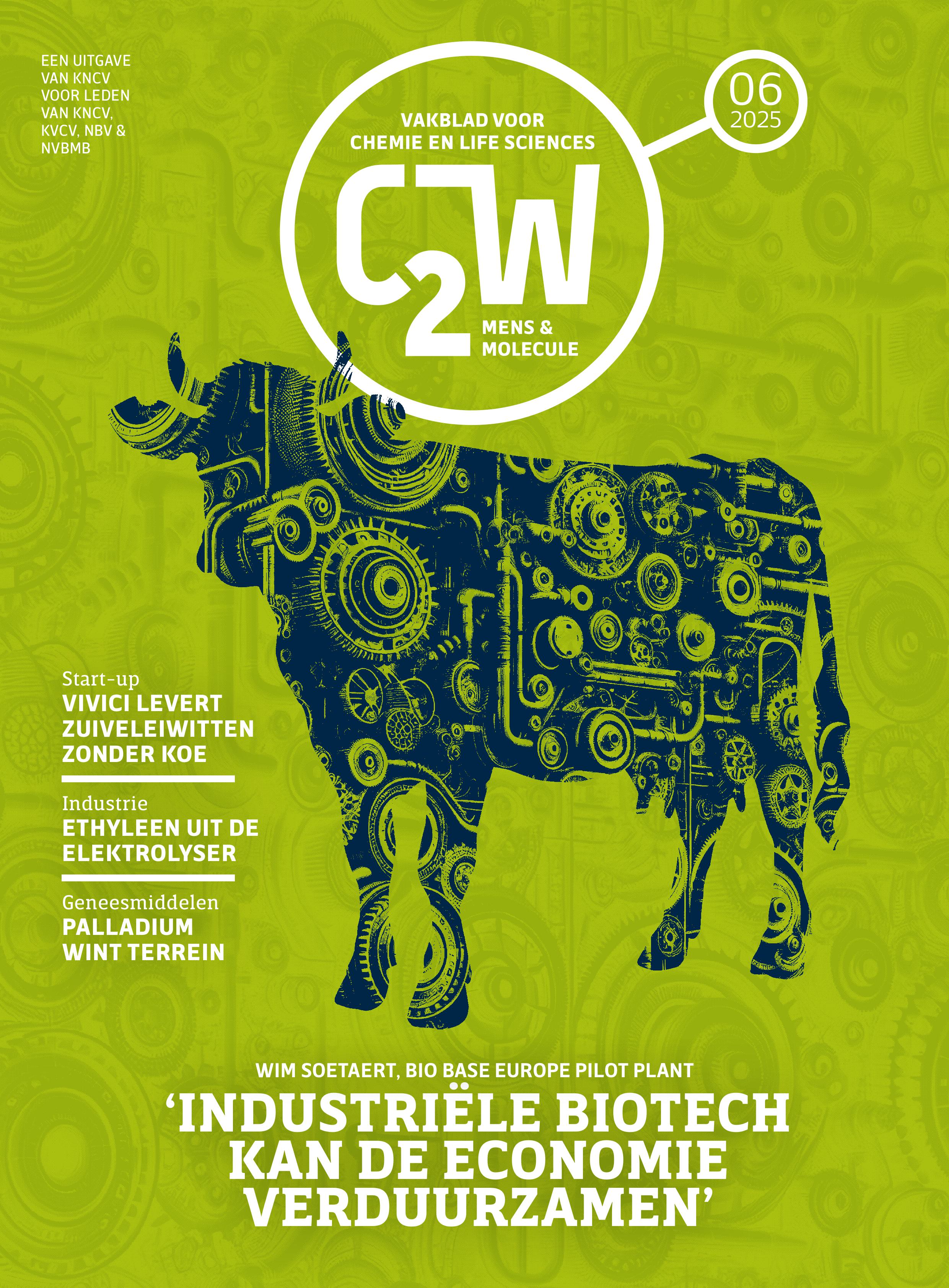Would you like to add an event to this list? Simply register your event using this form.
The role of argon plasma etching species on ultrathin extreme ultraviolet resists

Category
Ph D Defense
Date
Venue
KU Leuven, Arenbergkasteel, Aula Arenbergkasteel, 01.07 - Kasteelpark Arenberg 1
3001 Leuven, België
3001 Leuven, België
Promovendus/a: Shikhar Arvind
Promotor(en): Prof. dr. Stefan De Gendt, Dr. John Petersen, Dr. Esben Witting Larsen
In this current day and age, digital computing is part of our daily lives and is a critical component of almost every sector in society. With recent boom in artificial intelligence, the need for computing resources is greater than ever before. At the heart of all these digital electronics, whether in mobile phones, graphics cards, or automotive systems are microchips or integrated circuits. These microchips are made of tiny electronic components called transistors. Modern microchips can have over a billion interconnected transistors. One of the main goals of advancing microchip fabrication is to pack more transistors in a given area as this increases the computational power of these chips. This can be achieved by making the transistors smaller and increasing their density in a microchip. When examining a cross-section of these chips, one can observe a multilayer stack of up to hundred layers of various materials. Each layer has an intricate pattern and serves a specific function in the construction of the transistors and the interconnections. The fabrication process of these chips consists of many steps, starting with a pure silicon substrate.In this project, we focus on two steps in this process: photolithography and plasma etching. These steps are involved in creating the intricate patterns in the chip. In photolithography (or simply, lithography), a photosensitive material called photoresist is coated onto the target layer. Light is then used to transfer the pattern from a master template called the mask onto the photoresist. Using a short wavelength of light allows for smaller patterns to be printed on the photoresist, further enabling the fabrication of smaller transistors. State-of-the-art lithography tools use 13.5 nm wavelength light, also referred to as extreme ultraviolet lithography. After lithography, the pattern printed onto the photoresist is then transferred to the target layer using plasma, a process known as plasma etching. In this process, the patterned photoresist acts as a protective mask, allowing the plasma species to remove (or etch) only the unprotected regions of the target layer, resulting in the pattern transfer. Hence, it is important for the photoresist to remain intact during the plasma exposure for proper pattern transfer. One of the challenges with extreme ultraviolet lithography is that the photoresists used are ultrathin (thicknesses < 50 nm). This can complicate the pattern transfer during plasma etching as the photoresists can degrade in plasma before a successful pattern transfer. In addition to this, novel chemistries of photoresists are being developed for extreme ultraviolet lithography. There is still a lack of understanding of the interaction of plasma species with these ultrathin photoresists. The goal of this project is to expand this understanding by studying the impact of different plasma species on ultrathin photoresists.
In this project, we studied the impact of argon plasma species, specifically ultraviolet photons and argon ions, on different ultrathin photoresists. We focused on how these species affect various photoresist chemistries. To do this, we expose the photoresist films to these plasma species and examine the changes in physical and chemical properties of the films. The results of this study provide insights into the different reaction pathways occurring in ultrathin photoresists due to ultraviolet photons and argon ions in an argon plasma. They serve as initial findings on plasma-ultrathin photoresist interactions, with future avenues for research also discussed in the end.
All Dates
- 2025-10-29 16:00
Powered by iCagenda

